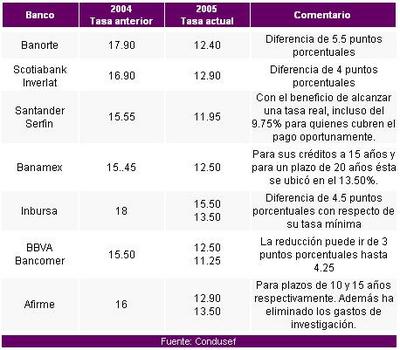... if you treat people like idiots....
Hope you enjoy it: fragment of monthly newsletter by Paulo Coelho, Warrior of the Light
Prohibiting the prohibited
Right after the talk in The Hague in Holland, a group of my readers came up to me. They wanted me to visit the city where they live, claiming that there was a unique experience in Europe going on there.
Unique experiences are like water off a ducks back to me, but at the same time I love talking to strangers. We set an appointment for the following morning, since my flight to Paris would only leave in the late afternoon.
The readers two girls and four boys promised to take me to the airport as soon as I had seen something unique in Europe and escorted me to a neighborhood in the city of Drachten. We got out the car, they had a beer, I drank coffee. They looked at me in surprise, but I could not understand what was going on. After some time, one of them asked:
Dont you notice anything different?
A pretty little town, people walking down the street, an autumn day that still seemed like summer. Aside from that, just the same as all the other towns that I have known all over the world. They paid the bill, we crossed the street to go to another bar, they asked me to look again and I still found Drachten very nice, and very like the rest of Europe.
You disappoint me, said one of the girls. I thought you believed in signs.
Of course I do.
And have you seen any here?
No.
Well, thats just it! Drachten is a town without signs!
Her boyfriend added:
Traffic signs!
All of a sudden I realized that they were absolutely right: the famous Stop sign was nowhere to be seen, nor were the pedestrian crossings and give way notices. There was not a single one of those contraptions we call traffic signals with their red, yellow and green lights! And to my surprise, there was not even a division between the sidewalk and the street. The movement was far from small: trucks, cars, bicycles (omnipresent in Holland), pedestrians, everything seemed perfectly organized in the middle of a place where there was nothing to put order into the traffic. At no moment did I hear a curse-word or hear the sudden screech of brakes or deafening horns honking away.
On the way to the airport, they told me a little about the experience, which I have to agree is truly unique. The idea came from an engineer called Hans Mondermann. He was working for the Dutch government in the 70s when he began to think that the only way to reduce the growing number of traffic accidents was to make the drivers fully responsible for what they did.
The only measure he took was to diminish the width of the roads that passed through villages by using red bricks instead of asphalt, remove the central line that separates the two flows of traffic, destroy the curbs, and fill the verges with fountains and relaxing landscapes so that the people stuck in traffic jams could be distracted while they waited. Then came the radical decision to take down all the traffic lights and put an end to the speed limit.
When they first entered the town, the 6,000 motorists who passed by every day were astonished: where can I turn? Who has the right of way? And so they began to pay twice as much attention to what was going on around them. Two weeks later, the average speed was under 30 km/h in places like Drachten. Monderman proclaimed loud and clear:
If a pedestrian is about to cross the street, of course the cars will have to stop: our grandparents taught us the rules of courtesy.
So far this has been a success. I reached the airport thinking that Monderman did not just implement a traffic experience, he did something much deeper than that. After all, as he himself says:
If you treat people like idiots, they will behave according to the rules, and nothing else. But if you give them responsibility, they will know how to use it.


